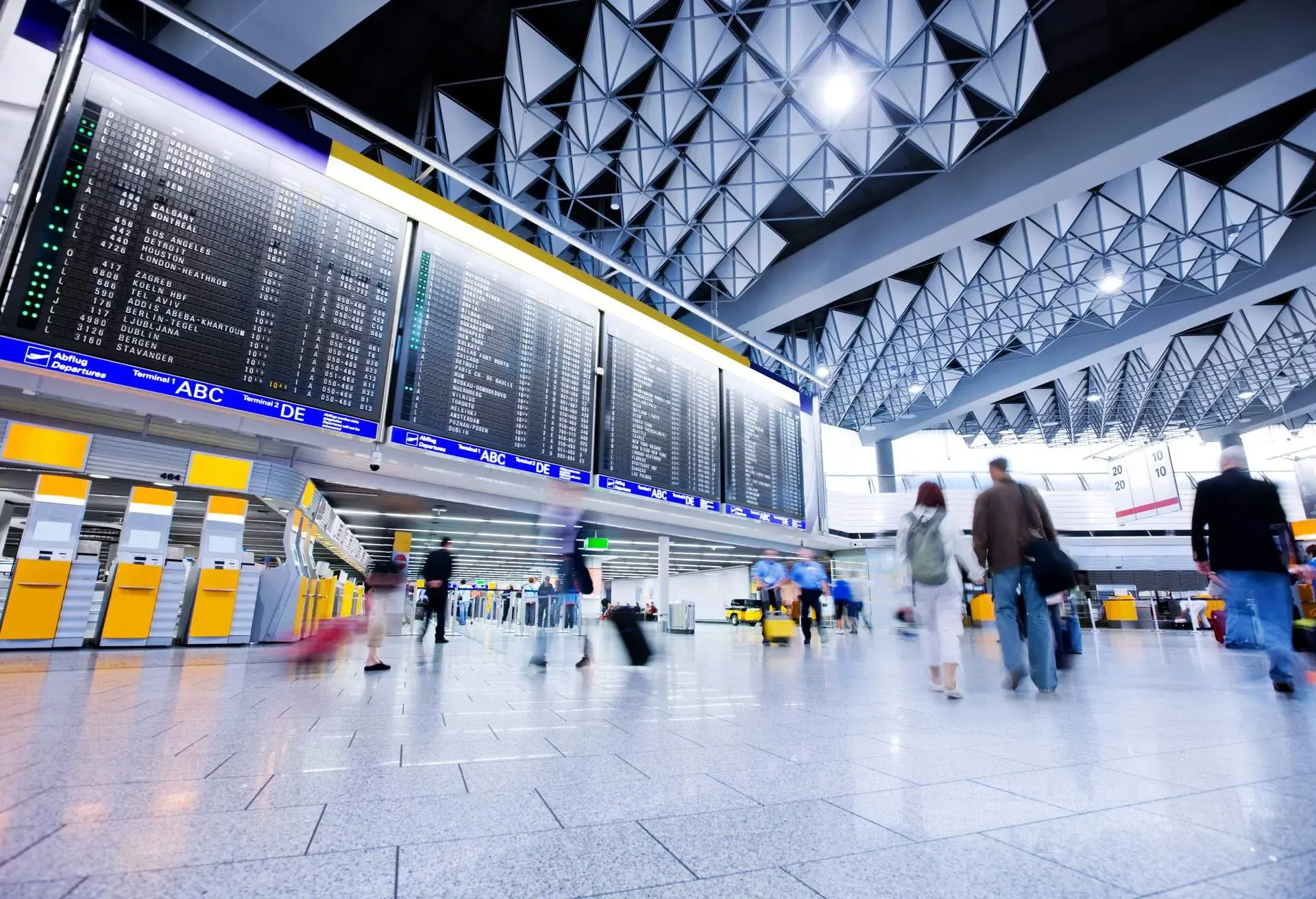-
Shopping Tools
-
Care & Maintenance
-
About
-
Dealer Login

Airports use compact electric vehicles to move travelers efficiently. This report explains what they’re called, why names vary, and how to request cart help.
Across major terminals, the small, quiet vehicles many travelers call “airport golf carts” are most often described operationally as electric carts, shuttles, people movers, airport buggies, or simply golf carts. Labels typically reflect capacity, routing, and where the vehicle operates inside the facility. For properties beyond aviation—campuses, parks, retirement communities, and hotels—modern golf carts remain a flexible, low-noise option.
Based on interviews with facility managers and a review of common airport signage and vendor catalogs, the naming splits along duty cycle and passenger flow:
| Type | Typical Capacity | Primary Operating Zone | Best Use Case |
|---|---|---|---|
| Electric Cart | 2–8 passengers | Inside terminals and concourses | Quiet, clean mobility in crowded corridors |
| Shuttle | 8–20+ passengers | Curb, parking, rental centers | High-volume loops on fixed routes |
| People Mover | Dozens per consist | Between concourses/terminals | Fast links over long airside distances |
| Airport Buggy | 2–6 passengers | Gates, jet bridges, corridors | Targeted meet-and-assist transfers |
| Golf Cart | 2–4 passengers | Short intra-concourse trips | Ad hoc assistance and quick hops |
Note: Availability varies by airport and demand peaks. Travelers who also need a wheelchair should request it at the same time; dispatchers prioritize by need and connection times.
So, what are the golf carts in airports called? In practice you’ll hear electric carts, shuttles, people movers, airport buggies, and golf carts—names that track capacity and mission more than chassis. For travelers, the actionable takeaway is simple: request assistance when you book, reconfirm before you fly, and coordinate at the gate. For properties evaluating their own fleets, the same vehicles that keep terminals moving also excel on campuses, in parks, in retirement communities, and across hospitality.
